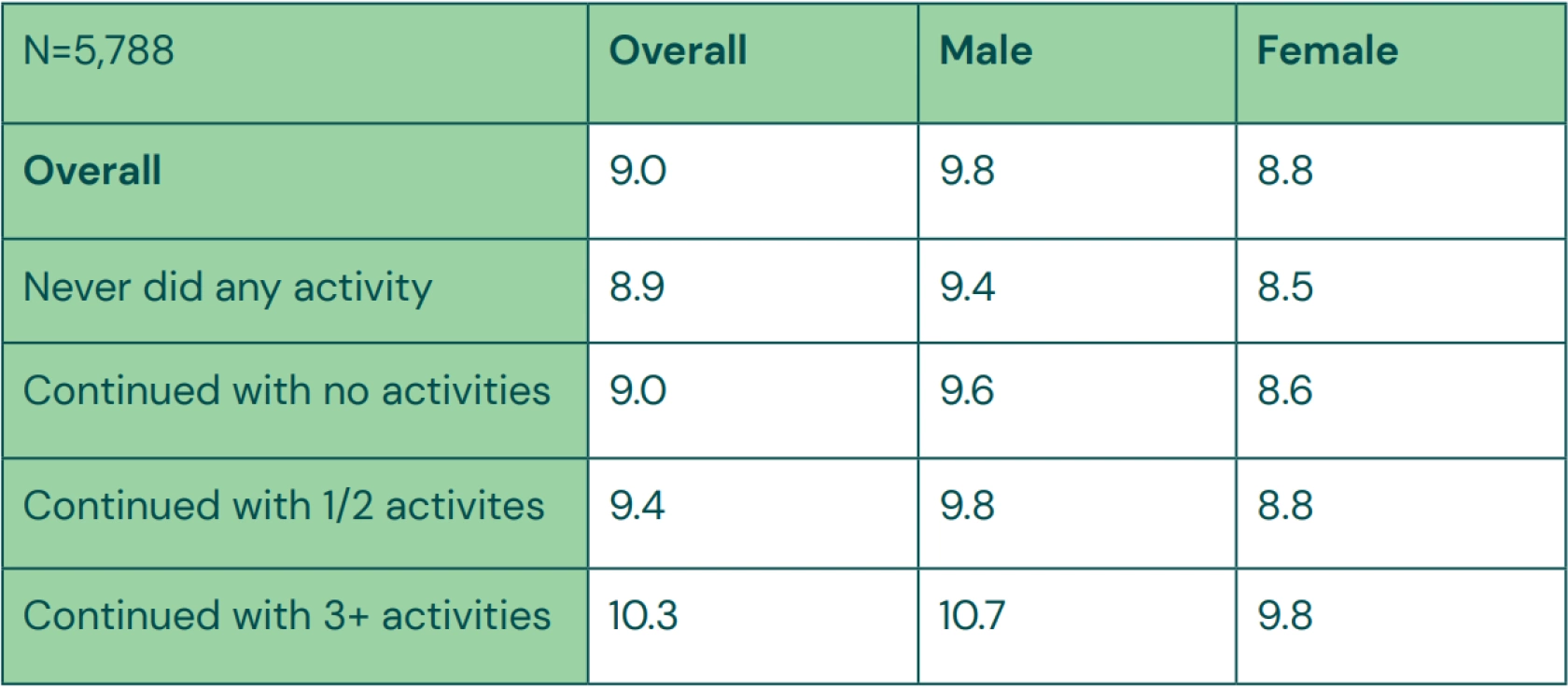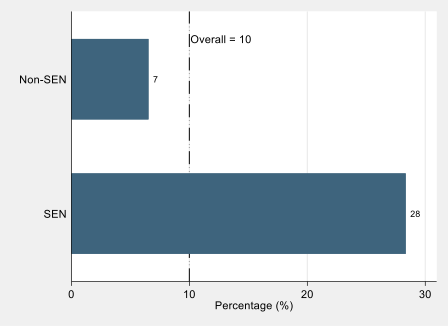Catch-22: we cannot have growth without a focus on education
By Blog editor, on 8 March 2024
By Professor Lindsey Macmillan and Professor Gill Wyness
We were having a discussion in our CEPEO team meeting yesterday about Spring Budget 2024 and the implications for education policy. As we outlined in our Twitter thread, there’s resounding disappointment across the education sector based on the announcements, with very little offered in terms of investment in education and skills. It’s no real surprise of course, given there is no money. Without any real prospect of economic growth this will be the story for the foreseeable future. And yet, and this is the catch-22 of it all, we cannot have growth without a focus on education and skills. In the words of John Maynard Keynes “We do nothing because we have not the money. But it is precisely because we do not do anything that we have not the money”.
Lip service is often paid to the importance of education and skills for growth, and we hear regularly about investments to support the development of skills in particular sectors – AI or green growth, for example. But while these skills are undoubtedly going to be important for future growth, it is the skills of the many, not the few, that are critical for productivity. And, as we know from a wealth of evidence about the effects of the pandemic, the challenge here is a daunting one. We can see from the most recent assessments at the end of primary school that the proportion of pupils reaching expected standards in reading, writing, and maths are down to 60%, levels not seen since 2016. In addition, inequalities have risen. The disadvantage gap is now higher than any point in the past decade.
As outlined in the Times Education Supplement piece this morning, there was a fully-costed education strategy put in place by Sir Kevan Collins, at the request of the government, in 2021 to help children who had missed school during the pandemic. This was based on the idea of three Ts. Teachers, Tutoring, and Time. Invest in the education workforce, invest in tutoring, and invest in extending the school day. Each one supported by rigorous evidence. And each one intertwined with the other to create complementarities to support education recovery. £15 billion was the ask, equivalent to £1,680 per pupil. This might sound like a lot of money but it was against a backdrop of estimates of the economic cost of learning loss reaching as high as £1.5 trillion, because of a lower-skilled workforce. In the end, only one tenth of this £15bn was offered up by the then Chancellor (and current PM), prompting Sir Kevan Collins’ resignation.
This is one example of the short-termism of government policy relating to growth: the reluctance to spend money now for the sake of future benefit. Those incomprehensibly large numbers of the economic costs of learning loss won’t fully hit now, but will instead permeate for decades to come. This means there is little incentive to spend the required money now; government won’t see the immediate benefits and get direct political gain in this election cycle.
Human Capital or Signalling?
A telling part of Sir Kevan Collins’ interview is that there was some kind of idea that the learning lost during the pandemic “would all just come out in the wash”. That children and young people who missed months of school would just catch up with little intervention required.
But this suggests that children can miraculously learn more in a year than they might otherwise have done with no further investment. That somehow teachers could be more productive after the pandemic than before – despite the myriad other challenges the pandemic created or worsened, not least significantly higher school absences. It also suggests that the government didn’t think that investment in the education system would have led to more learning.
But that goes against one of the fundamental theories of economics – human capital theory. The idea is that education increases the stock of human capital – skills – and higher skills fuel productivity and the economy, so investing in education is one of the most effective ways to drive sustainable economic growth. This is backed up by a wealth of evidence establishing a positive return to individuals and the wider economy from investing in education. Furthermore, education has been shown to have wider social benefits as more educated societies have higher levels of civic participation, better birth outcomes and reduced crime. We outline this in more detail in our briefing note “Does education raise people’s productivity or does it just signal their existing ability?”
There was also a lot of discussion at the time that learning loss didn’t matter anyway – because education is just there to act as a signal to employers about the relative abilities of different individuals, rather than something that directly improves their productivity. In other words, if someone has 3 A*s at A level, this tells an employer that they are a better worker than someone with 3 Bs, and it doesn’t matter how much knowledge or skills the person with 3 A*s actually has. But the evidence around this is much weaker as our briefing note describes.
Wasted talent
Linked to this is the belief that learning loss would be equally felt by all pupils. But again, the evidence (including from our own COSMO study) has shown the opposite. Learning loss is felt much more by pupils from disadvantaged backgrounds, and thus failing to invest in catch-up has compounded inequality. This inevitably results in wasted talent, further stifling economic growth, as outlined in our UKRI-funded project exploring the links between diversity, education and productivity. Evidence from the US shows that between 20-40% of economic growth over the last 50 years resulted from a better allocation of talent.
Failing to invest when pupils are young also has knock on effects. Education and skills are like building blocks. It is much easier to build an individuals’ skills if they have an existing foundation of basic skills to build upon. This in turn leads to higher returns on investment, as individuals become more and more skilled.
The catch-22 illusion?
This isn’t the first time education has been side-lined in recent budgets. Even the childcare announcement of 2023 was really about increasing labour force participation, rather than investing in early childhood education.
This short-term outlook is the government catch-22: we need growth to invest, but we can’t invest without growth. We need to break this cycle and understand that human capital is the fundamental underpinning of economic growth.
 Close
Close



















